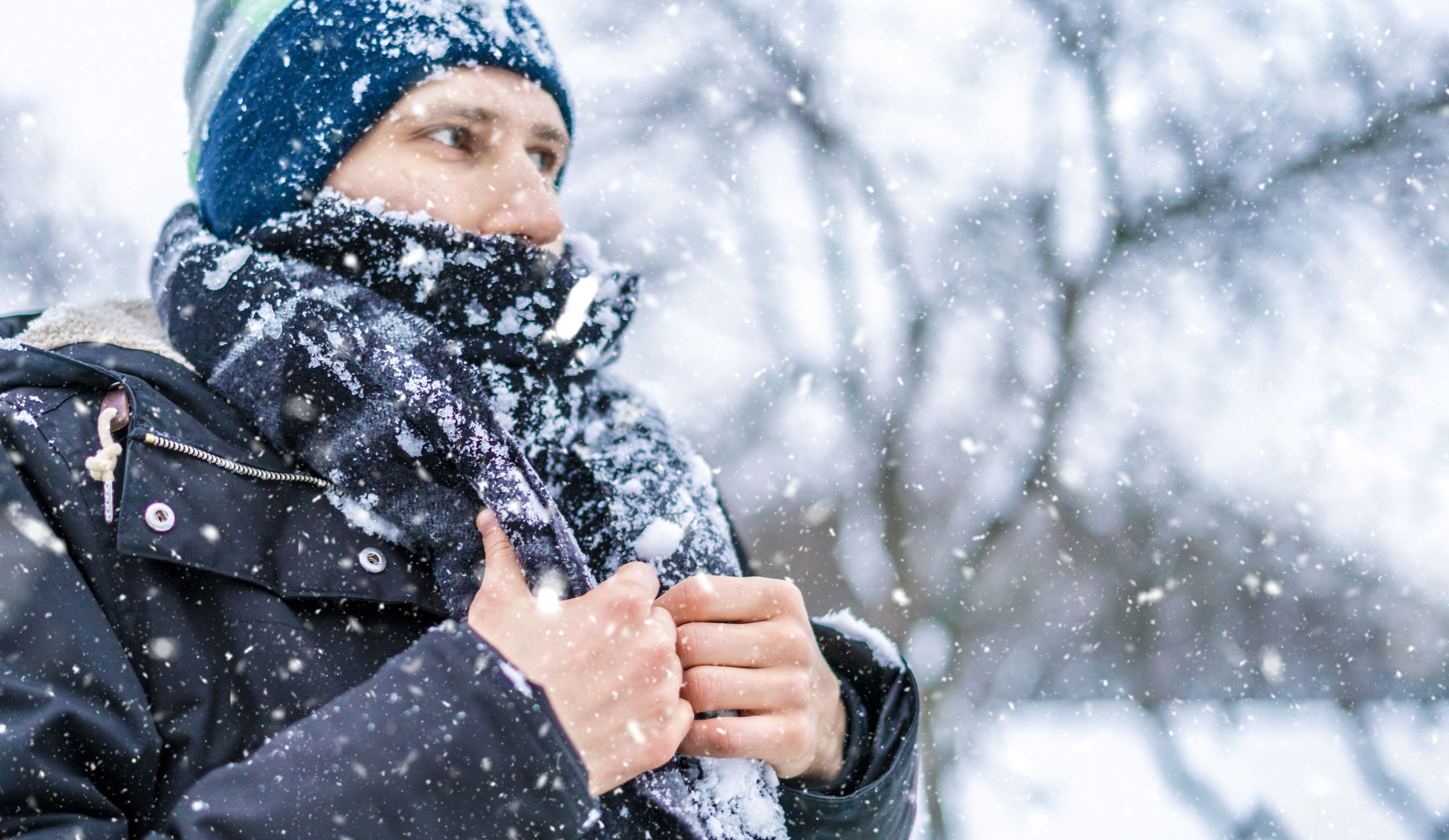
Common Types of Burns
Frostbite Burns
Frostbite is a cold-weather injury that happens when skin and tissue freeze. It often affects fingers, toes, ears, and the nose. Quick care can help prevent long-term damage.
Find a Burn CenterFirst Aid for Minor Burns
What It Is
Frostbite occurs when skin is exposed to freezing temperatures long enough for ice crystals to form in the tissues. It reduces blood flow and can cause permanent damage to skin, muscles, and even bones.
Symptoms
Cold, numb skin that turns pale or grayish-yellow
Tingling or aching that gives way to numbness
Hard or waxy-feeling skin
Blisters or dark, blackened skin (in severe cases)
Loss of sensation or control in affected areas
Common Causes
Prolonged exposure to freezing weather
Wet clothing in cold conditions
Wind chill or high-altitude exposure
Inadequate clothing or shelter
Poor circulation, certain medications, or alcohol use (which may increase risk)
Treatments
Move to a warm, dry place immediately
Remove wet clothing and gently warm the body (not too fast)
Soak the frostbitten area in warm water (not hot) for 15–30 minutes
Avoid rubbing or massaging the area, as it can cause more damage
Do not walk on frostbitten feet or toes unless absolutely necessary
Seek emergency care if:
Skin is hard, waxy, or black
There is intense pain or no feeling at all
Blisters form after warming
You suspect deep frostbite or hypothermia
Recovery
Mild cases (frostnip) may heal with basic care and rewarming
Moderate to severe frostbite may need:
Wound care and antibiotics
Pain management
Surgery or, in rare cases, amputation
Physical therapy for lasting stiffness or weakness
Recovery time depends on depth and length of exposure
Support
Frostbite can be traumatic, especially if it leads to visible injury or mobility challenges
Emotional support, survivor stories, and peer groups can help in healing
Preventive education is also a key part of recovery and long-term well-being